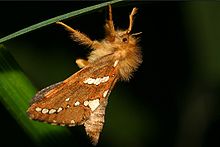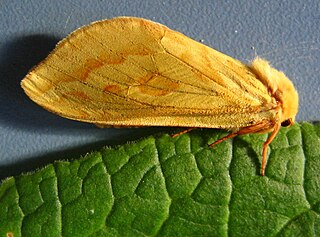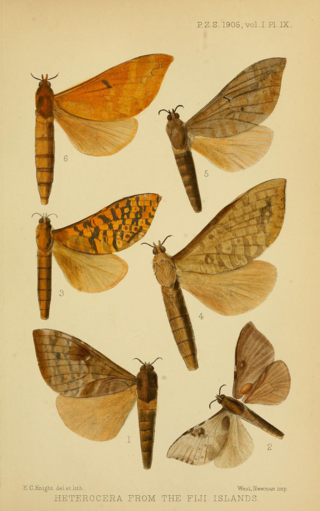- Abantiades Herrich-Schäffer, [1858]
- Aenetus Herrich-Schäffer, [1858]
- Afrotheora Nielsen and Scoble, 1986
- Agripialus Mielke, Grehan & Koike, 2021
- Ahamus Z.W. Zou & G.R. Zhang, 2010
- Andeabatis Nielsen and Robinson, 1983
- Antihepialus Janse, 1942
- Aoraia Dumbleton, 1966
- Aplatissa Viette, 1953
- Archaeoaenetus Simonsen, 2018
- Bipectilus Chus and Wang, 1985
- Blanchardinella Nielsen, Robinson & Wagner, 2000
- Bordaia Tindale, 1932
- Calada Nielsen and Robinson, 1983
- Callipielus Butler, 1882
- Cibyra Walker, 1856
- Cladoxycanus Dumbleton, 1966
- Dalaca Walker, 1856
- Dalaca auctt., nec Walker, 1856
- Dioxycanus Dumbleton, 1966
- Druceiella Viette, 1949
- Dugdaleiella Grehan & C. Mielke, 2018
- Dumbletonius Dugdale, 1994
- Elhamma Walker, 1856
- Endoclita ; Felder, 1874
- Eudalaca Viette, 1950
- Fraus Walker, 1856
- Gazoryctra Hübner, [1820]
- Gorgopis Hübner, [1820]
- Heloxycanus Dugdale, 1994
- Hepialiscus Hampson, [1893]
- Hepialus Fabricius, 1775
- Huebneriella C. Mielke & Grehan, 2019
- Jeana Tindale, 1935
- Korscheltellus Börner, 1920
- Kozloviella Grehan & C. Mielke, 2018
- Leto Hübner, [1820]
- Limyra Mielke, Dell’Erba & Duarte, 2017
- Magnificus Yan, 2000 [1]
- Metahepialus Janse, 1942
- Mutipialus C. Mielke, Grehan & Koike, 2021
- Napialus Chu and Wang, 1985
- Neohepialiscus Viette, 1948
- Neoleto Eitschberger & Stroehle, 2021
- Oncopera Walker, 1856
- Oxycanus Walker, 1856
- Pallas Mielke & Grehan, 2015
- Palpifer Hampson, [1893]
- Parahepialus Z.W. Zou & D.R. Zhang, 2010
- Parahepialiscus Viette, 1950
- Parapielus Viette, 1949
- Parathitarodes Ueda, 1999
- Pfitzneriana Viette, 1952
- Pfitzneriella Viette, 1951
- Pharmacis Hübner, [1820]
- Phassodes Bethune-Baker, 1905
- Phassus Walker, 1856
- Phialuse Viette, 1961
- Phthius Mielke & Grehan, 2017
- Phymatopus Wallengren, 1869
- Phymatopus auctt. nec Wallengren, 1869
- Puermytrans Viette, 1951
- Roseala Viette, 1950
- Schausiana Viette, 1950
- Sthenopis auctt. nec Packard, [1865]
- Thitarodes Viette, 1968
- Trichophassus Le Cerf, 1919
- Trictena Meyrick, 1890
- Triodia Hübner, 1820
- Vietteogorgopis Özdikmen, 2007
- Viridigigas Grehan & Rawlins, 2016
- Walkeriella Mielke, Grehan & Grados, 2019
- Wallacella Mielke, Grehan & Cock, 2020
- Weymerella Mielke, Grehan & Monzón-Sierra, 2022
- Wiseana Viette, 1961
- Xhoaphryx Viette, 1953
- Zelotypia Scott, 1869
- Zenophassus Tindale, 1941
- † Oiophassus J. F. Zhang, 1989
- † Prohepialus Piton, 1940
- † Protohepialus Pierce, 1945
|







